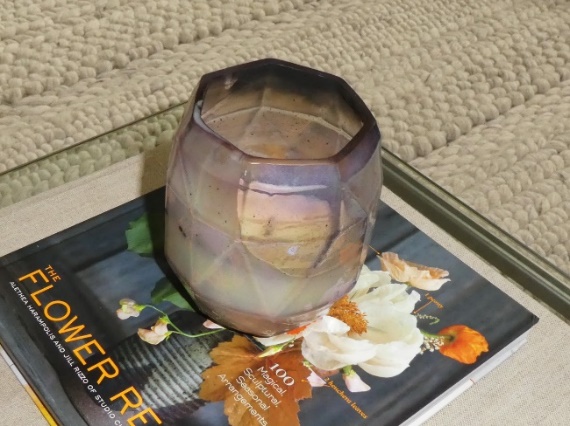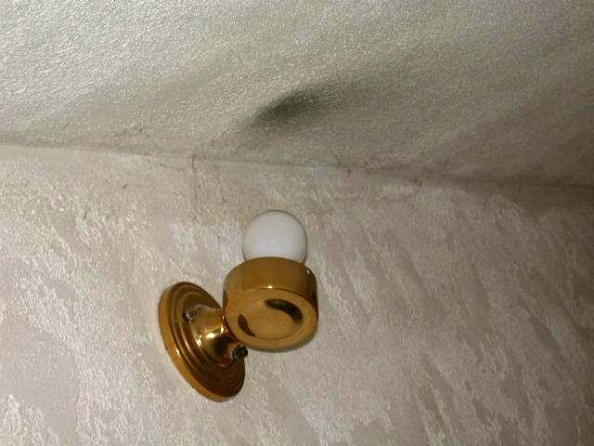Homeowner Newsletter, Spring 2025
©2025 Jeffrey C. May
As an indoor air quality professional, I investigate potential sources of building odors, many of which can cause some people to wheeze, cough, or experience other health symptoms.
The Immediate Area Outside a Home
Some odors can flow into a building from the exterior.
One young couple found the perfect two family; everything was in excellent condition and the property had a generous backyard. The husband had chemical sensitivities, so they worried that the laundromat a few doors down from the house might emit fragranced odors that could kick up his asthma. They didn’t smell anything from that direction when they viewed the property, so they made an offer, which the Seller accepted. A few days later, the couple showed the property to other members of their family. On that day, the wind had shifted and was blowing from the laundromat to the house. The odors from the laundromat were very strong, so the couple had to withdraw from the deal.
I also have chemical sensitivities and find wood smoke to be very irritating. One late spring, my wife Connie and I purchased a home in a densely populated neighborhood in Cambridge, MA. As soon as the heating season began and the wind blew from a neighbor’s house toward our house, wood smoke from the neighbor’s chimney drifted over our property, making me cough and wheeze. We were more careful with our next purchase and moved into a neighborhood where wood fireplaces and stoves weren’t allowed.
An engineer purchased a new home, located north of Boston. The property was situated at the bottom of a “bowl,” surrounded by hills. Many of the homes on the surrounding slopes were serviced by a sewer-pumping station on a lot that abutted the property in question. On some days, the odor was intolerable. I never found out what decision the man made, but I wouldn’t be surprised if he sold the property.
Odors Within a Home
In the spring, a couple bought a new home even though it contained a barely perceptible odor of mildew. After renovating a few above-grade (above ground-level) areas of the home, they moved in and immediately detected an overwhelming mildew odor emanating from the basement. They discovered concealed mold and moisture problems in the walls of some of the rooms in the finished basement. To eliminate the odor, they ended up tearing out the entire finished basement, which had consisted of several rooms and a bathroom.
One person hesitated to make an offer on a 100-plus year old house until the potential sources of an odor within the house were identified. I determined that the cause of the odor was a very moldy children’s playroom in a partially finished portion of a damp basement.
Fragrances
Fragrances can cover up indoor-air-quality problems.
In one home I investigated for a potential buyer who had asthma, electric fragrance plug-in emitters were in every room in the below-grade finished level of the 30-year-old home. The carpeting was new, but there were some stains and telltale signs of moisture on some closet walls that had not been repainted. The man found out that the basement had experienced water penetration that had not been properly addressed, so there was a good chance there was mold growth in the wall cavities. The plug-in fragrance emitters were covering up the mildew smell.
Fragranced jar candles are also a source of indoor air quality problems, because they produce soot particles that are small enough to remain suspended in air for extended periods of time and that can be inhaled deeply into the lung’s alveoli. Soot particles can also stain walls and ceilings.
I worked with a family that twice had to repaint the walls in their home, because family members kept burning jar candles. If they had used battery-powered “candles,” they would have saved themselves a lot of effort and would have reduced their exposure to soot particles.


Fragrances can be pleasant, but they add to the chemical load of indoor air. This is why I always recommend that people use fragrance-free body, cleaning, and laundry products.
Final Advice: Don’t forget to “listen” to your nose when considering moving into a new home or even when making choices about what cleaning, body, and laundry products to use.
RESOURCES
- You can go to the American Society of Home Inspectors (ASHI – https://www.homeinspector.org/) to find a home inspector in your area.
- Our latest book, edition 2 of My House is Killing Me, discusses new topics including indoor air quality concerns in multi-unit buildings. The book How to Operate Your Home by home inspector Tom Feiza (“Mr. Fix-It”) is a great resource for home occupants. Both books are available on line.
The photographs in this newsletter can be used with permission; email Jeff May at jeff@mayindoor air.com.
ANSWERING QUESTIONS
When I conduct an indoor air quality investigation, I like the client or clients to be present throughout my site visit. Then questions can be asked and answered, and I can explain the reasons for some of my concerns. I used to be an educator, so I approach my work not only as an indoor air quality professional but also as a teacher. I would like to devote a future newsletter to answering some questions about indoor air quality that some of you, I hope, will send me. Please email me your question (one question per person, please). If I chose to publish your question and my answer to it, I will not include your name in order to protect your privacy. To thank you for sending a question that I choose to publish, I will waive my consulting fee and speak to you personally on the phone for half an hour. Please therefore send me your phone number along with your question. Thank you.
www.mayindoorair.com 978-649-1055 jeff@mayindoorair.com.

